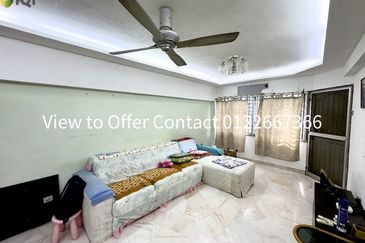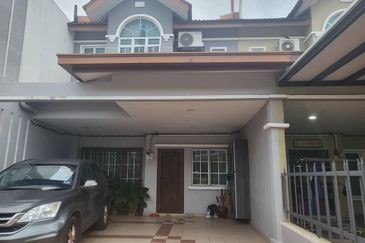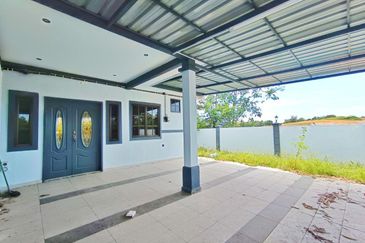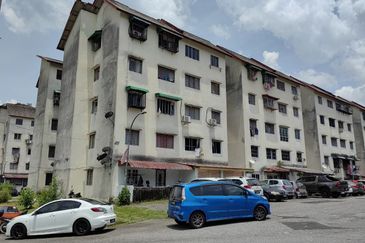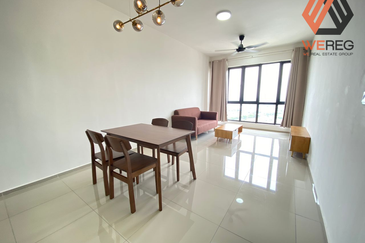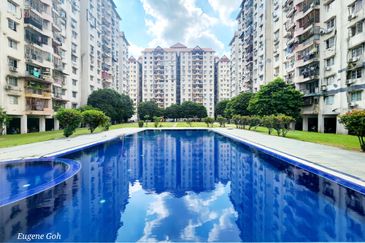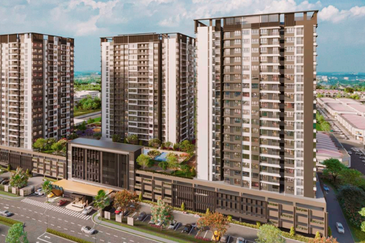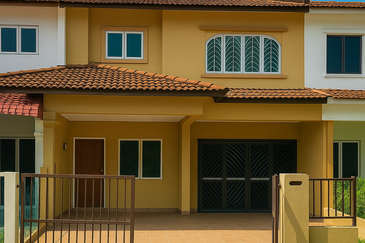Budget 2017, tabled by Prime Minister Datuk Seri Najib Razak on Oct 21, has a heavy slant towards improving the well-being of the ordinary rakyat, with particular emphasis on the middle and lower-income groups (M40 and B40). The proposal to increase the 1Malaysia People’s Aid (BR1M) allocation to RM1,200 and RM900 for households with income less than RM3,000 and between RM3,000 and RM4,000 respectively is a continuation of the current targeted cash handouts. Similarly, the new lifestyle relief provides assistance to the M40 group to keep up with what have become lifestyle necessities — smartphones, tablets and gym membership fees.
Of all these, perhaps one of the best thought-out measures is the government’s consistent effort to address the complex issue of affordable housing. Some of the programmes put in place have been particularly innovative. Measures introduced in previous budgets include the 1Malaysia People’s Housing (PR1MA) programme, 1Malaysia Civil Servants Housing Project (PPA1M) and People’s Housing Programme (PPR). The government also recognises the difficulties many first-time homebuyers face in putting up the deposit for a home; it introduced measures such as the First Home Deposit Funding Scheme.
Has PR1MA done enough?
Despite good intentions, Perbadanan PR1MA Malaysia is only able to deliver so much — since it began operations in March 2013, it has delivered a fraction of the 500,000 housing units under its mandate. Given the lower profit margin of affordable housing projects, private developers are naturally unwilling to allocate land or partner PR1MA to deliver on these projects.
To complement the PR1MA initiative for the M40 group, Budget 2017 also introduced additional measures such as full stamp duty exemption and a new “step-up” end-financing scheme for the PR1MA programme, which provides loan financing of 90% to 100%.
Another innovative measure is segregating the target demographics of affordable housing by identifying areas where rental housing may work better than permanent homes in addressing the rakyat’s requirements.
Build to rent — a potential solution
 One of the measures introduced in Budget 2017 is to build 10,000 homes in urban areas for rent at lower-than-market rates to eligible working youths. This will definitely work with a group who may not be ready to purchase a property but still requires housing.
One of the measures introduced in Budget 2017 is to build 10,000 homes in urban areas for rent at lower-than-market rates to eligible working youths. This will definitely work with a group who may not be ready to purchase a property but still requires housing.
Some countries have looked at build-to-rent homes as an investable asset class. Although conceived as a purely governmental initiative in Budget 2017, the build-to-rent developments could eventually be taken on by developers, if tax and fiscal incentives are made available. Alternative measures to encourage take-up by developers could be to allow them to offset potential losses in build-to-rent projects against income from other projects.
Similar schemes have been introduced in the UK and Australia with varying degrees of success. For example, in Australia, the National Rental Affordability Scheme (NRAS) aims to increase the supply of affordable, privately owned dwellings to be rented at a rate that is at least 20% lower than the market rate.
In the Australian scheme, participating investors are given financial incentives, either in cash payments or refundable tax offsets for each approved dwelling. Participants may apply via open calls by the Department of Social Services and will have to build and rent the premises for a 10-year period to eligible tenants based on their income levels. Participants are required to ensure that the tenants’ income is within the thresholds throughout the year and lodge an annual compliance form with a statement to this effect. The scheme also includes requirements for property management and maintenance.
Back to the Malaysian scenario, location is always a concern when it comes to housing, particularly in the bustling urban centres like the Klang Valley. However, with the extended light rail transit network and the newly constructed mass rapid transit lines, location may not be an issue once these systems are fully up and running. However, developing affordable housing in prime areas may come with its own set of challenges, as it is necessary to integrate the new residents with the existing community. This requires construction of additional amenities and infrastructure, such as schools, playgrounds and sporting facilities, to provide residents with a lifestyle that connects them to their surroundings.
And as we reach some level of maturity in the supply of affordable housing, we will need to look into maintaining the quality of this housing stock — something that is, unfortunately, not Malaysia’s forte. So, I feel that it is the right move by the government to establish the 1Malaysia Maintenance Fund, which will benefit PPR and urban housing.
This fund should also be made available to build-to-rent homes to ensure that tenanted premises are managed and maintained well, for re-letting in the longer term. Maintenance is likely to be an issue, especially when one of the biggest challenges of renting is that tenants often do not care for the property as they would their own.
Making homeownership a reality for everyone
While build-to-rent homes will cater for the younger and newer workforce, in the longer term, everyone aspires to own a home.
In complementing the existing initiatives, the government may consider channelling the BR1M allocation towards paying for the purchase of affordable housing. For the M40 group, providing a tax relief for interest expense on housing loans was and will be a popular move. This can be achieved by removing the current time limit for the execution of sales and purchase agreements and extending the claim period from three years to five years.
The government is trying its best to find what is appropriate in the Malaysian context. This is a long journey, but it will definitely pay off in the long run if we can introduce measures that best suit the people’s needs.
Jagdev Singh is tax leader at PwC Malaysia
This article first appeared in The Edge Malaysia on Oct 31, 2016. Subscribe here for your personal copy.
TOP PICKS BY EDGEPROP
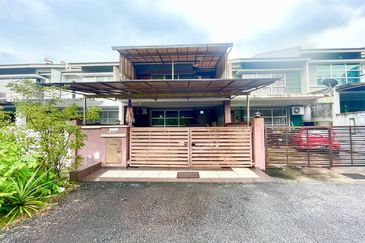
Taman Mawar, Bandar Baru Salak Tinggi
Sepang, Selangor
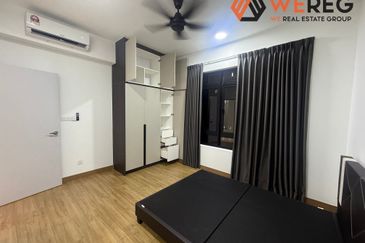
Amber Residence @ twentyfive.7
Kota Kemuning, Selangor

Pavilion Damansara Heights
Damansara Heights, Kuala Lumpur


